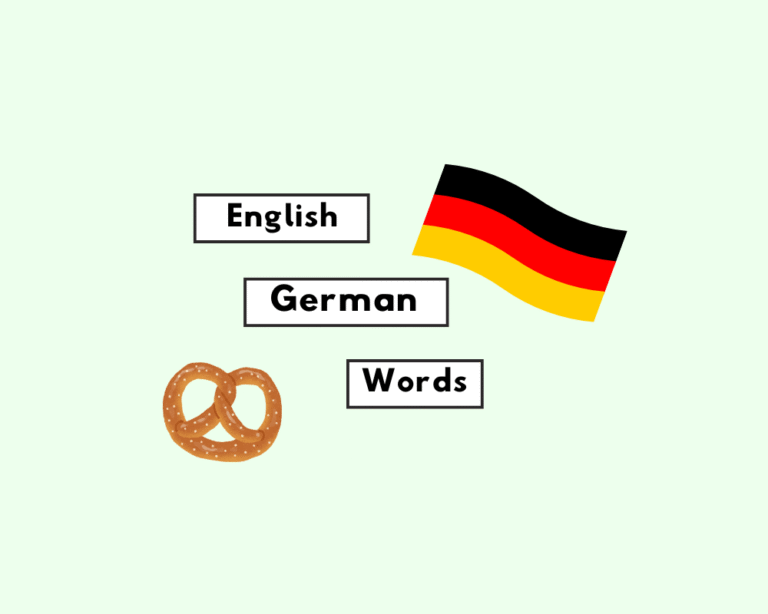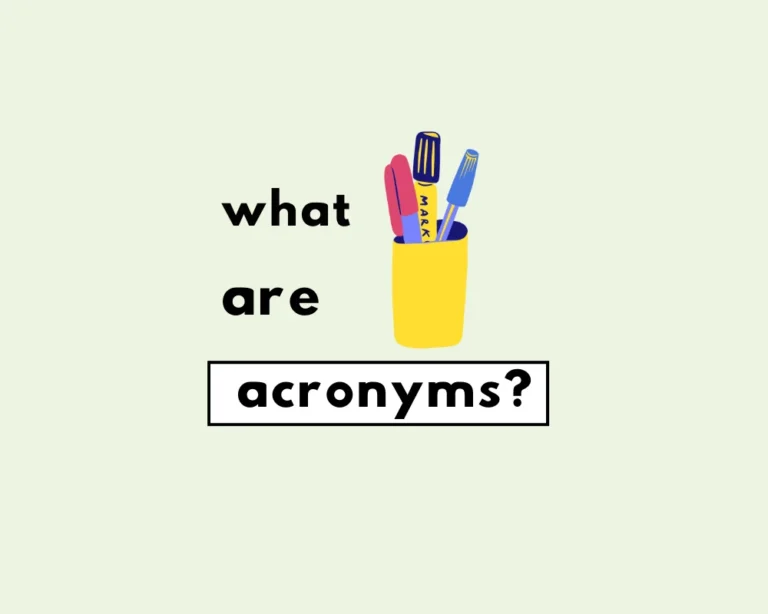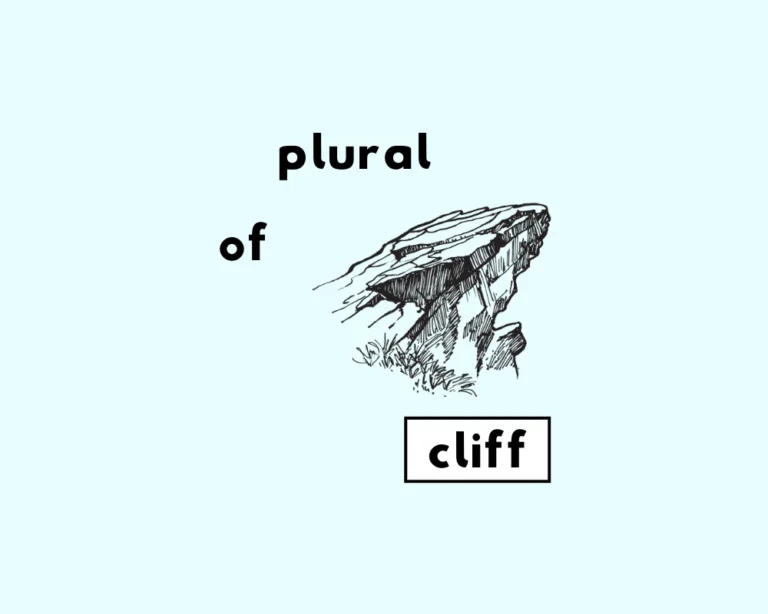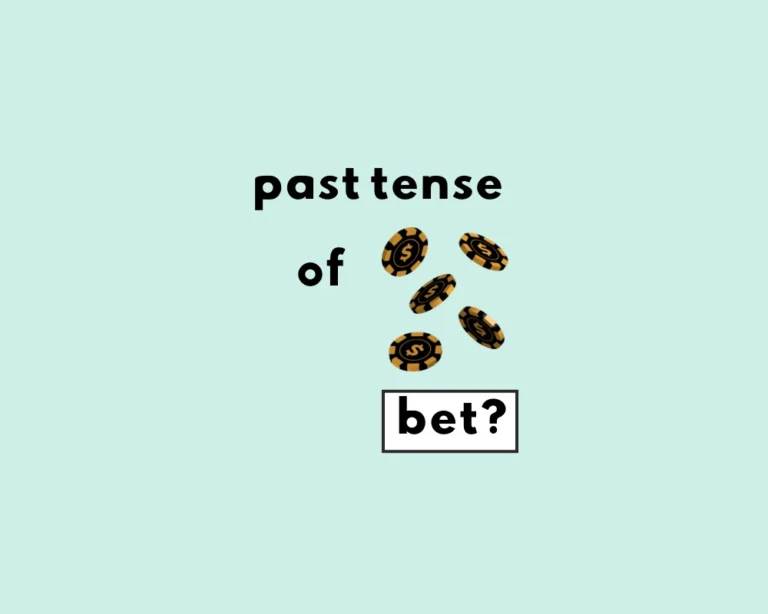What’s a contraction?
They’re going to the concert tonight.
We’ve already finished dinner.
Whats the time? (Missing apostrophe in the contraction ‘what’s’)
Its a difficult situation.
Contractions are abbreviated words that have been combined and shortened through an apostrophe, like wasn’t. Wasn’t combines two words (was + not), and replaces the letter ‘o’ with an apostrophe. We use contractions all the time, especially in conversation and text message. However, because contractions are abbreviations, they can be seen as informal or casual. When it comes to any formal or academic writing purposes, it’s best to avoid the use of these convenient (and creative) forms of shorthand.

How to form contractions in writing
- I’ll be at the office today.
- I haven’t read that book.
- What’d you do this weekend?
- What’s going on with you?
Each of these sentences uses a contraction, which are in bold: I’ll, haven’t, what’d, what’s, I’m, are all words that have been conjoined through the use of an apostrophe, and the omission of certain letters and sounds:
- I’ll (I + will) omits the “w” in will and replaces it with an apostrophe.
- Haven’t (have + not) omits the “o” in not with an apostrophe.
- What’d (what + did) omits the first two letters from did.
- What’s (what + is) omits “i” from is.
- Couldn’t (could + not) omits the “o” from not.
Each of the contractions above are made by combining either a pronoun and a verb, or a verb and adverb or negative modifier, namely not. For example, I’ll (I + will) uses the first person singular pronoun I with the verb (form of to be) will in the future tense.
How to use contractions
Tip 1: Learn the different forms contractions take
Contractions can be confusing, but what makes them even trickier is that some spell and sound the exact same despite being comprised of different words. For example, look at the contraction there’s as an example: there’s can be a combination of there + is or there + has. We can tell which form of there’s is being used based on the sentence; however, to discern this we first must learn the various ways to construct contractions.
There’s been a delay (there + has)
There’s snow on the ground! (there + is)
I’d rather go tomorrow (I + would)
I’d better get dressed (I + had)
Tip 2: Don’t confuse contractions for possessives
Because both contractions and possessive nouns use apostrophes, we regularly get them confused with each other. Perhaps one of the most common errors in the English language—let’s explore the difference:
The dog’s injured. (dog + is)
The dog’s injured leg will get better. (possessive)
Despite the possessive and the contracted form of “dog’s” being identical, they have distinct meanings: the first sentence uses ‘s to signify a shortened form; the second sentence uses an apostrophe to denote possession/association.
Tip 3: Don’t confuse contractions for possessive pronouns
It’s a wise dog that scratches its own fleas.
This example is borrowed from Strunk and White’s seminal writing style manual, The Elements of Style. This example beautifully illustrates the distinction between it’s as a contraction and its as a possessive (i.e., the first it’s combines it + is; its as a possessive pronoun does not use an apostrophe).
Types of contractions lists
Contractions, visualize the apostrophe replacing the missing letters; think “it’s” as “it is” with the “i” replaced by an apostrophe.
Negative
Contractions that are formed in the negative use the negative modifier ‘not‘, and an auxiliary verb or modal verbs (such as can, could, have, would, etc.)
I haven’t done the dishes yet.
He hasn’t passed his driving test.
We aren’t available this weekend.
Modal
Modal verbs, include can, could, would, should, will, etc., and express “express permission, ability, prediction, possibility, or necessity.”
You’ll have to wait and see if you passed the test.
Who would’ve guessed that would be the way to the beach?
I would’ve asked if they take reservations if I’d I known they’d be this busy.
A way to think about modal verbs is that they say something nonfactual, or counter-factual. The third sentence is an instructive example, ‘I would’ve asked if they take reservations if I’d known they’d be this busy.’ Would have = would’ve combines the auxiliary verb, would, with the verb have. Would’ve is a modal verb contraction; it expresses something other than what is.
Commonly used contractions
| Contraction | Meaning |
|---|---|
| could’ve | could have |
| he’ll | he will |
| he’d | he had, he would |
| he’s | he has, he is |
| here’s | here is |
| how’d | how did, how would |
| how’ll | how will |
| how’re | how are |
| how’s | how has, how is |
| I’d | I had, I would |
| I’ll | I will |
| I’m | I am |
| I’ve | I have |
| it’d | it had, it would |
| it’ll | it will |
| it’d | it had, it would |
| it’s | it has, it is |
| let’s | let us |
| might’ve | might have |
| must’ve | must have |
| she’d | she had, she would |
| she’ll | she will |
| she’s | she has, she is |
| should’ve | should have |
| somebody’s | somebody has, somebody is |
| someone’s | someone has, someone is |
| something’s | something has, something is |
| that’d | that would |
| that’ll | that will |
| that’s | that has, that is |
| there’re | there are |
| there’s | there is, there has |
| these’ll | these will |
| these’re | these are |
| they’d | they had, the would |
| they’ll | they will |
| they’re | they are |
| they’ve | they have |
| this’ll | this will |
| this’s | this has, this is |
| those’ll | those will |
| we’d | we had, we would |
| we’ll | we will |
| we’re | we are |
| we’ve | we have |
| what’d | what did |
| what’ll | what will |
| what’re | what are |
| what’s | what has, what is |
| what’ve | what have |
| when’d | when did |
| when’s | when has, when is |
| where’d | where did |
| where’ll | where will |
| where’re | where are |
| where’s | where has, where is |
| where’ve | where have |
| which’s | which has, which is |
| who’d | who did, who had, who would |
| who’ll | who will |
| who’re | who are |
| who’s | who has, who is |
| who’ve | who have |
| why’d | why did |
| why’re | why are |
| why’s | why has, why is |
| would’ve | would have |
| you’d | you had, you would |
| you’ll | you will |
| you’re | you are |
| you’ve | you have |
Read more articles
Work Sheet
According to the post, what is the primary role of the apostrophe in a contraction?
In which context does the blog post suggest it is best to avoid using contractions?
Based on the post, which pair of words can the contraction “What’s” represent?
The blog post mentions “It’s a difficult situation” as a correct example. Which common mistake is highlighted by contrasting it with “Its a difficult situation”?
The contraction “I’d” can stand for “I would”. According to the post, what is the other possible combination of words it can represent?
Contractions are abbreviated words that have been combined and shortened through an .
The contraction “haven’t” is formed by combining the words ‘have’ and .
Contractions are often seen as or casual forms of language.
The contraction “I’ll” is formed by combining the pronoun ‘I’ with the verb .
The blog post uses “They’re going to the concert” as a correct example of the contraction for are.
Frequently Asked Questions
What is a contraction?
+
How are contractions formed?
+
When should I avoid contractions?
+
Can a contraction mean different things?
+
How do I avoid a common mistake?
+
Yash, D. "What Are Contractions? Commonly Used Contractions." Grammarflex, Jun 15, 2025, https://www.grammarflex.com/what-are-contractions-in-grammar-list-of-most-commonly-used-contractions/.
Sources
-
ESL, contractions list.











